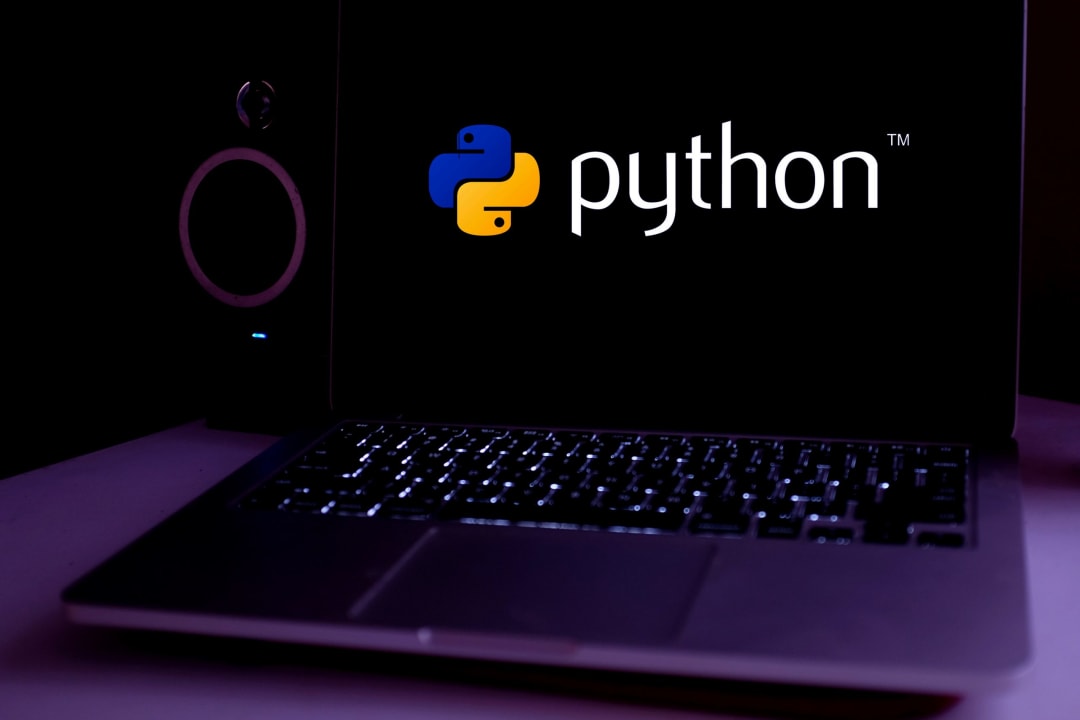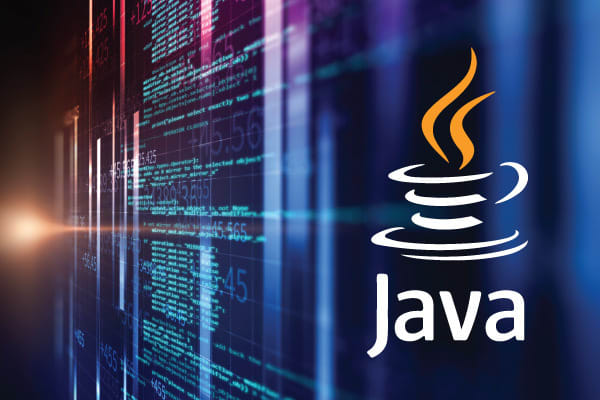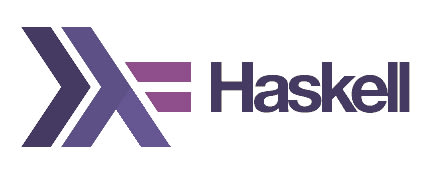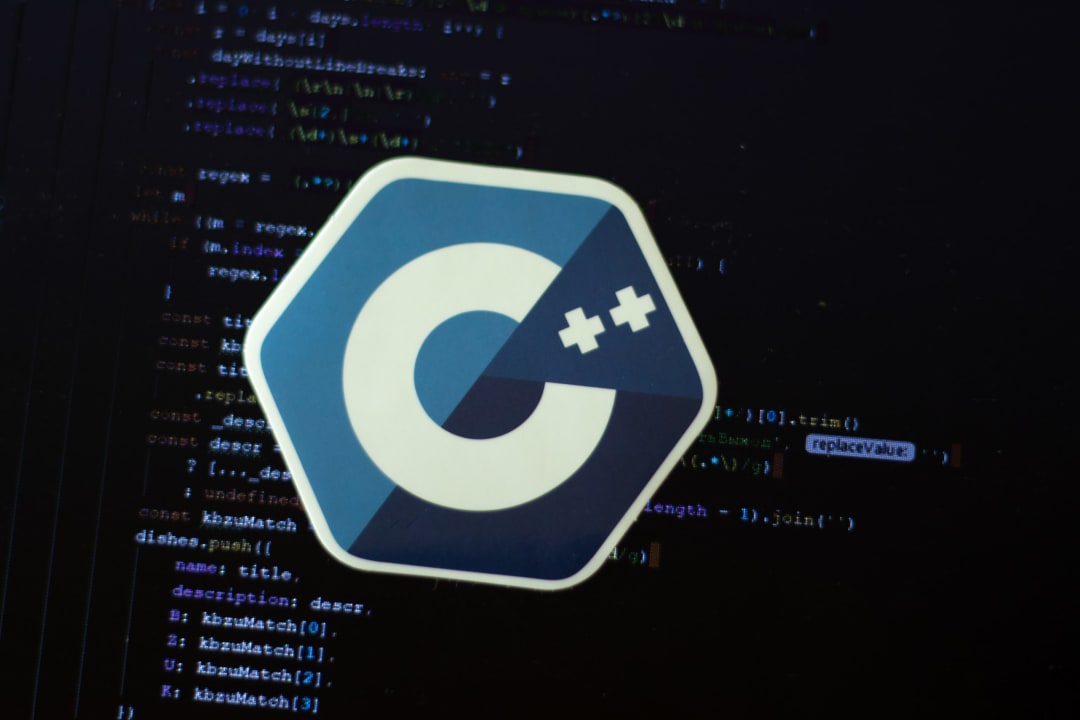9 Best Programming Languages for AI [2021 Project Guide] was originally published on Springboard.
Artificial intelligence adoption has exploded over the past 18 months, and a wealth of organizations across industries have reported plans to expand their AI strategies this year. AI has the capacity not only to optimize operational processes, but to create innovative business models, products, and services—which is why a majority of business leaders feel positive about the future impacts of AI.
This digital transformation has sparked a growing demand for AI practitioners. In fact, AI-related hiring increased by 165% between July 2020 and August 2021. To land a job in the field, you’ll need to learn how to use AI programming languages that are supported by robust machine learning and deep learning libraries. From Java to Julia, programming language options abound—so where should you start?
What Is the Best Programming Language for AI?

Artificial intelligence is not a field of universal, one-size-fits-all solutions. Your choice of AI programming language will depend on the scope and requirements of your project. If your project involves extensive data analysis, look to R, which was designed to crunch big numbers with ease. R, however, is not suited for deploying machine learning models in production—Python would be a better pick for that task.
When it comes to artificial intelligence programming, each programming language brings unique capabilities to the table. Some excel at natural language processing, while others are designed to execute numerical analysis. Let’s explore the diverse applications and advantages of nine popular AI programming languages.
Top AI Programming Languages
Python

Python is a general-purpose language with applications ranging from back end development to data science and machine learning. Python’s intuitive syntax strives for readability, which streamlines coding and makes the language easier to learn. Thanks to its versatility and ease of use, Python is an excellent choice for both new and seasoned machine learning engineers regardless of programming experience.
Python is one of the most popular AI programming languages thanks to its wide variety of proven, pre-designed libraries that optimize the AI development process. Scikit-learn supports fundamental machine learning algorithms like classification and regression, while Keras, Caffe, and TensorFlow facilitate deep learning. Due to its straightforward structure and text processing tools like NTLK and SpaCy, Python is a top-choice programming language for natural language processing.
Python also boasts exceptional documentation and community support and integrates easily with other programming languages.
Java

Java is a robust, object-oriented programming language that offers a simple syntax and easy debugging. Java has become a go-to language for mobile app development, which relies heavily on artificial intelligence. Java shines in production, with quicker execution and a faster runtime than Python—making this AI language an ideal choice for machine learning projects that require speed. Java also facilitates easy scaling of large or complex AI applications.
Java is supported by a plethora of machine learning libraries like Weka—which is used for machine learning algorithms, predictive modeling, and more—and Massive Online Analysis, an open-source data mining software. Many popular big data processing tools like Apache Hive, Apache Hadoop, and Apache Spark are written in Java, enabling smooth integration with these key analytic frameworks.
Java’s Virtual Machine Technology also allows developers to write and run consistent code across all supported platforms and quickly fabricate customized tools. Java is widely used for data analysis, deep learning, and Natural Language Processing—around which a rich community of support has blossomed.
Julia

This dynamic programming language is designed to excel at numerical analysis and computational science. Developed by MIT in 2012, Julia is a relatively new language—but its popularity is on the rise thanks in part to its speed, powerful computational capacity, and script-like syntax. A growing community of support has emerged around the language alongside an expanding number of machine learning libraries like TensorFlow.jl, Scikitlearn.jl, Mocha.jl, Flux, and more.
Julia can seamlessly translate algorithms from research papers into code, decreasing model risk and boosting safety. Furthermore, Julia enables machine learning engineers to estimate a model and deploy it in production using the same language. Julia is a top-choice programming language for AI applications that require high-powered numerical computing, and is ideal for AI practitioners who already have a background in scripting languages like Python or R.
Haskell

Haskell is a functional programming language based on the semantics of the Miranda programming language. Above all, Haskell delivers safety and speed in machine learning contexts. Because it supports embedded, domain-specific languages vital to AI research, Haskell has found a niche in academia—but tech behemoths like Microsoft and Facebook have marshalled Haskell to build frameworks that manipulate schematized data and fight malware, respectively.
Haskell’s HLearn library offers algorithmic implementations for machine learning, while its Tensorflow binding supports deep learning. Haskell allows users to code highly expressive algorithms without sacrificing performance, and the language is ideal for projects that involve abstract math and probabilistic programming. With Haskell, users can represent a model with just a handful of code and read the lines they’ve written like mathematical equations. In this way, Haskell can aptly convey the complexity of a deep learning model with clean code that resembles the model’s actual mathematics.
LISP

AI research and development dates back to the 1950’s, when AI pioneer John McCarthy—originator of the term artificial intelligence—created LISP, which was used to express classic AI programs like ELIZA, an early natural language processing computer program.
LISP is the second oldest programming language after Fortran, but it remains useful for machine learning-heavy projects thanks to its adaptability, quick prototyping abilities, automatic garbage collection, capacity for dynamic object creation, and support for symbolic expressions. LISP’s ability to process symbolic information lends the language to artificial intelligence programming, and it excels in contexts that involve computing with symbols and symbolic expressions. Symbolic AI is the primary method used to solve problems that demand logical thought and knowledge representation.
Over time, many of LISP’s unique features have been folded into other popular programming languages—think Python’s list comprehensions and LINQ in C#.
R

R was developed by statisticians for the purpose of statistical computing. Because R can crunch vast data sets with ease, this programming language is widely used for statistical software development, data analysis, and data visualization. This programming language is a top choice for machine learning projects that involve extensive data analysis, and offers a variety of techniques for model training and evaluation.
R is a powerful language for machine learning thanks in part to its plethora of packages, including CARAT for classification and regression training, randomForest for generating decision trees, and more. R’s interactive environment is also ideal for rapid prototyping and experimentation with new problems. Although R is not a go-to programming language for deploying machine learning models in production, R is a top tool for exploratory work in the process of model selection.
Those who have experience with Java or Python will quickly adapt to R’s basic syntax.
C++

This high-performing, object-oriented programming language boasts a rapid processing speed that allows complex machine learning models to run with high efficiency, thanks in part to the compact code that C++ generates. Because C++ is a statically typed language, type errors don’t appear during runtime. C++ also excels at dynamic load balancing, adaptive caching, and memory management—which is why this language is a top choice for building scalable big data frameworks.
Many machine learning and deep learning libraries are written in C++. Notable C++ libraries include SHARK, which supports supervised learning algorithms like linear regression, and MLPACK, which offers extensible algorithms that users can integrate into scalable ML solutions. C++ is typically used in the context of resource-intensive AI applications that require quick execution.
Prolog

This declarative, logical programming language was developed for natural language processing. In fact, IBM’s Watson uses Prolog to parse natural language when fielding human-generated questions.
The locus of Prolog’s expression lies in relationships between facts—otherwise known as rules. To solve a problem, the Prolog interpreter queries the facts and rules represented in a database. In other words, once the user provides the rules and a desired solution, Prolog solves for the rest.
Prolog’s powerful pattern matching and metalevel reasoning capabilities make it an excellent AI programming language. Prolog’s pattern matching feature is particularly useful for natural language processing, intelligent database search, and computer vision. Combined with its tree-based data structuring and automatic back tracking mechanisms, these characteristics make Prolog a highly flexible and adaptable AI programming framework.
Furthermore, Prolog’s built-in lists make writing list-handling programs a breeze. Prolog’s list-handling mechanism is also recursive, which allows for the use of recursion in problem solving. The greater simplicity of recursive problem solving allows Prolog users to create more compact, comprehensible programs even when faced with complex AI problems. A wide array of AI problems are also inherently recursive, which makes Prolog a natural choice for artificial intelligence programming.
Scala

This general-purpose programming language supports both object-oriented and functional programming. Scala debuted in 2004 as a more concise alternative built to address perceived shortcomings in Java’s design. Scala’s source code was created to run on the Java Virtual Machine, meaning that Java and Scala stacks can be integrated interchangeably. Scala supports many JVM libraries and also shares readable syntax features with other popular programming languages.
Because Android applications are often written in Java, Scala’s compatibility with Java makes the language useful for the development of AI-intensive Android applications. This responsive language is a top choice for AI programming because it can handle complicated algorithms and stream data at scale. Scala is a popular choice for interfacing with big data processing engines like Apache Spark, which is written in Scala.
Scala’s popularity for creating machine learning models is growing thanks in part to Spark and the Scala machine learning libraries built on top of it. The Apache Spark MLlib & ML library offers clustering, classification, and supervised learning algorithms as well as modules that can be used to build data pipelines. The highly performant BigDL library integrates with Apache Spark, as does Apache PredictionIO, which offers a stack that facilitates the construction and deployment of machine learning algorithms.
Where To Start When Selecting an AI Language

Before selecting an AI language, outline your project’s goal and deliverables. Assess the tasks at hand and identify the resources required to complete them. Next, consider the tools and libraries associated with each AI programming language and decide which language is best suited to meet the needs of your project.
Mainstream languages like Python, Java, and C++ are often popular choices for beginners, but be sure to carefully weigh the unique advantages and limitations afforded by each in the context of what you seek to accomplish.
AI Programming Language FAQs
Which AI Language Is Easiest To Learn?
Python is the easiest artificial intelligence programming language to learn thanks to its readability and intuitive syntax, which resembles that of natural English. Python’s simplicity makes code writing, maintenance, and enhancement faster and more accessible. The language is easy to organize and analyze, and Python’s clean visual layout uses whitespace generously.
Python is also supported by a vibrant developer community, where newcomers can find quality documentation, language guides, and assistance from more seasoned programmers. If you’re stumped by a programming problem, a fellow Python developer will likely be eager to help.
Why Is Python Preferred for Artificial Intelligence Programming?
Python’s popularity in artificial intelligence programming is due in part to its rich library ecosystem. Python’s libraries and frameworks streamline coding, provide supervised and unsupervised machine learning algorithms, support the construction and training of artificial neural networks, and much more. These open-source tools also optimize development while reducing overhead costs.
Because Python is highly portable and extensible, it can be integrated with AI systems that are coded in other languages. Python can even execute cross-language tasks, and this flexibility makes it a top choice for artificial intelligence programming. Python’s flexibility also extends to the variety of programming styles the language supports. Python allows programmers to code in an imperative, functional, object-oriented, or procedural style—meaning you use the programming approach that best supports your AI solution.
Is machine learning engineering the right career for you?
Knowing machine learning and deep learning concepts is important—but not enough to get you hired. According to hiring managers, most job seekers lack the engineering skills to perform the job. This is why more than 50% of Springboard’s Machine Learning Career Track curriculum is focused on production engineering skills. In this course, you’ll design a machine learning/deep learning system, build a prototype, and deploy a running application that can be accessed via API or web service. No other bootcamp does this.
Our machine learning training will teach you linear and logistical regression, anomaly detection, cleaning, and transforming data. We’ll also teach you the most in-demand ML models and algorithms you’ll need to know to succeed. For each model, you will learn how it works conceptually first, then the applied mathematics necessary to implement it, and finally learn to test and train them.
Find out if you’re eligible for Springboard’s Machine Learning Career Track.
The post 9 Best Programming Languages for AI [2021 Project Guide] appeared first on Springboard Blog.



